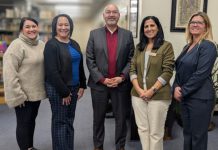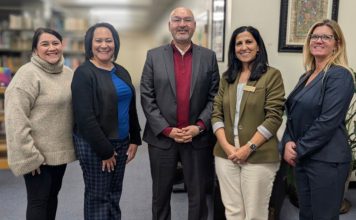There’s a bit of good news, at least, in the report that sales
tax numbers are down more than 16 percent for the first quarter of
2009 in Gilroy: They’re right in line with forecasts. Kudos to City
Administrator Tom Haglund for predicting the revenue numbers in
this unprecedented economy. That’s no small feat.
There’s a bit of good news, at least, in the report that sales tax numbers are down more than 16 percent for the first quarter of 2009 in Gilroy: They’re right in line with forecasts. Kudos to City Administrator Tom Haglund for predicting the revenue numbers in this unprecedented economy. That’s no small feat.
But the numbers serve as a wake-up call to everyone in Gilroy. The city has made lots of cuts. Further significant cuts are more than likely going to be necessary. Those cuts will be harder and harder to make, and the impact on residents’ quality of life becomes greater.
A large part of the cost of delivering services is labor. The time is now to implement a two-tier benefit and salary system for city workers. Current employees would keep their current salary scales, benefits and retirement packages, but new workers would receive much more reasonable compensation packages in line with what the private sector offers. The unions are going to have to accept the new economic reality with regard to benefit packages or else watch helplessly as jobs disappear.
It’s also time to look at investing in economic development so that we can increase the revenue side of the balance sheet. Gilroy’s Economic Development Corporation board is looking at models and will be making recommendations soon. It behooves all of us to remember, though, that without funding, any initiative becomes a dust collector on a bureaucrat’s bookshelf.
Perhaps a regional economic development summit is in order. Let’s bring together government, business, education and community leaders from all over South Valley to take a look at what opportunities we’re missing. That summit should include outside expertise to act as a catalyst for generating new ideas and to help locals overcome the tendency to say “but we’ve never done that before” when new ideas are shared.
The summit ought to have the specific goal of finding options for where we go from here given the new economic normal in which we find ourselves. All the answers aren’t clear, but it’s time to start the conversation.









